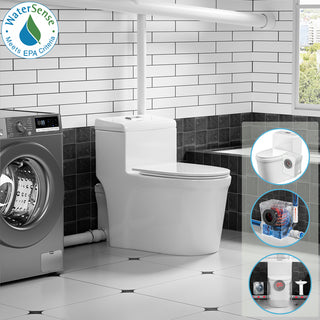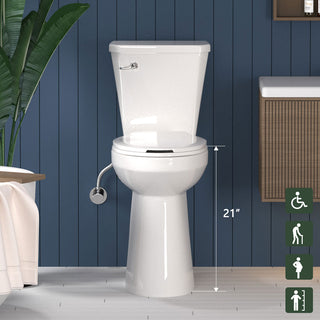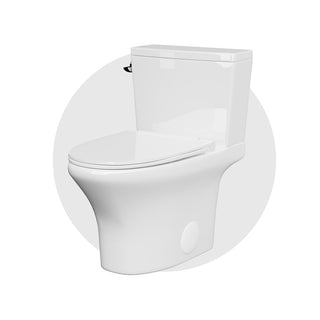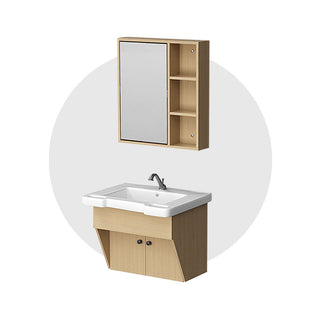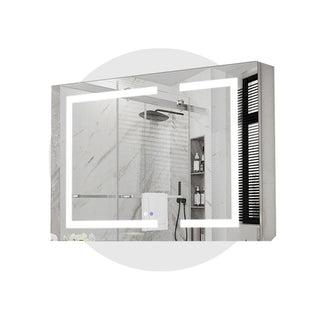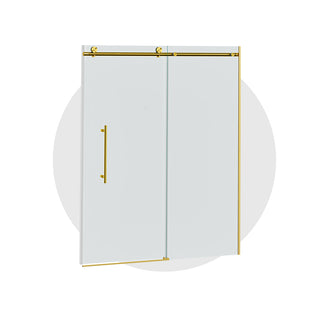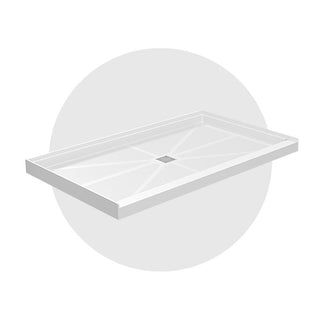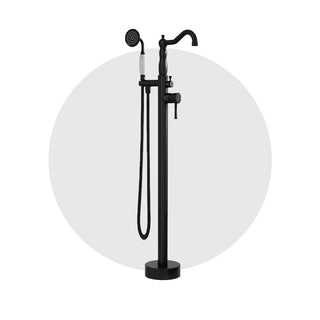When it comes to selecting a shower enclosure, understanding the materials is crucial. The two key components you'll encounter are glass and metal profiles, along with smaller components like tracks, hardware, and waterproof strips. Let’s dive into the details so you can make an informed decision.
1. Glass: The Heart of Your Shower Enclosure
Glass Thickness: In the U.S., shower door glass typically ranges from 3/16" (5mm) to 1/2" (12mm) thick, with 1/4" (6mm) and 3/8" (10mm) being the most common. Thicker glass is stronger and more durable but can be more expensive and heavier, requiring additional structural support. For most residential use, 1/4" (6mm) or 3/8" (10mm) glass is adequate.
Tempered Glass: Always choose tempered glass, as it’s heat-treated to be stronger and, in the event of breakage, shatters into small, less harmful pieces. In the U.S., glass doors must meet ANSI Z97.1 or CPSC 16 CFR 1201 standards for safety.
Explosive Protection: Some premium brands use a protective film on the exterior of the glass to prevent shards from scattering in case of breakage. This is especially important in a shower environment where water can cause stress on the glass.
Warranty: Leading manufacturers often offer a limited lifetime warranty for glass, meaning they will replace it if it breaks, regardless of whether it’s due to wear and tear or an accident.

2. Metal Profiles: The Framework of Stability
The metal profile serves as the skeleton of your shower door. It must be strong enough to support the glass and ensure a stable, safe structure.
You will generally find aluminum and stainless steel profiles. Stainless steel is more durable and rust-resistant, but it is often more expensive than aluminum, which is lightweight and corrosion-resistant. In the U.S., stainless steel is popular for higher-end models, while aluminum is common for budget-friendly options.
For residential use, profiles should have a minimum thickness of 1.2mm (0.05 inches) to ensure durability. Thicker profiles offer more stability but at a higher cost.

3. Tracks: Choosing the Right Opening Mechanism
The track system depends on the door style:
Sliding Doors: These are common in smaller bathrooms as they save space. Ideal for curved or corner enclosures.
Hinged Doors: Often found in square or rectangular enclosures, these require more space to swing open.

4. Hardware: The Small but Crucial Details
Hardware pieces, such as wall mounts (to secure the glass to the wall) and hinges (to connect two glass panels), are essential, especially in hinged door enclosures. Low-quality hardware can lead to issues like sagging glass over time.
5. Waterproof Strips: Preventing Water Leaks
Waterproof strips are an essential component for keeping water inside the enclosure. In the U.S., these strips are commonly made of PVC or rubber and are designed to be flexible enough to fit different shapes. They are usually included in the overall price of the enclosure.

6. Shower Base: A Controversial Feature
Shower bases are made from materials like acrylic, fiberglass, and resin. Acrylic bases are the most popular in the U.S. because they are lightweight, easy to mold into different shapes, and relatively affordable. However, they may not be as durable as stone bases, which are often reserved for higher-end models.
In the U.S., there’s a growing trend toward curbless showers, which remove the shower base altogether and make the transition from the bathroom floor to the shower seamless. These are popular for accessibility reasons and modern design aesthetics.
7. Overall Shower Enclosure: The Complete Package
Some manufacturers offer integrated shower enclosures, which are pre-designed units that include built-in features like showerheads, shelves, and ventilation systems. While these may seem convenient, they tend to be more expensive and harder to maintain. Additionally, the quality of built-in components may not match that of specialized products (like high-quality showerheads or ventilation fans).
When purchasing a shower enclosure in the U.S., prioritize the quality of the glass, the metal profiles, and the hardware. Don’t be swayed by additional features like built-in showerheads or lighting. A solid, well-constructed enclosure will give you years of reliable service, enhancing both the functionality and the look of your bathroom.



